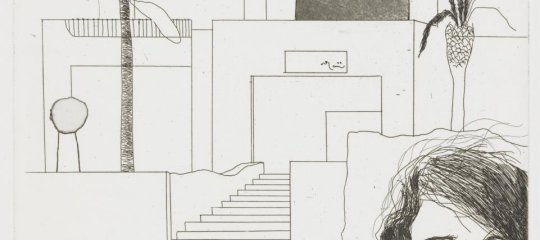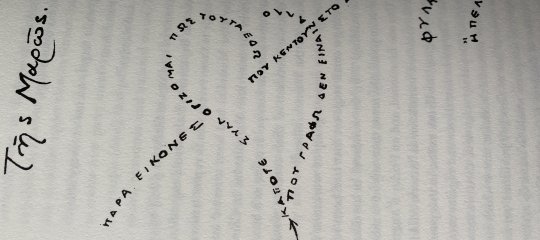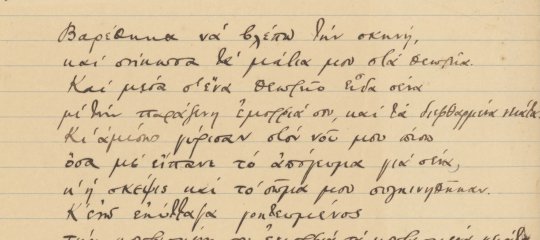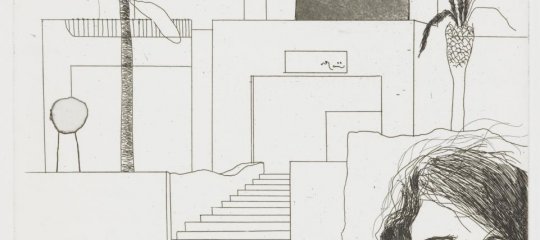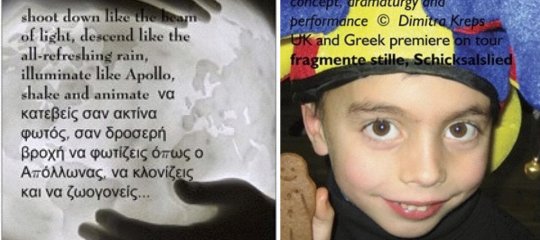Tμήματα ελληνικής γλώσσας στη Γαλλία
MariaPournara writes, "Μαρία Πουρνάρα
Λίγα λόγια για το έργο μου στο Παρίσι
"
13 Μαρτίου 2008
Εδώ και έξι χρόνια είμαι αποσπασμένη στα σχολεία του Παρισιού ως φιλόλογος διδάσκουσα στη δευτεροβάθμια εκπαίδευση. Τα τμήματα στα οποία διδάσκω με την ιδιότητα αυτή είναι τμήματα ελληνικής γλώσσας γυμνασίου και λυκείου ή τμήματα ενηλίκων, των οποίων οι φοιτητές διδάσκονται την ελληνική είτε ως δεύτερη είτε ως ξένη γλώσσα.
Την τρέχουσα σχολική χρονιά 2007 – 2008 διδάσκω σε δύο τμήματα ενηλίκων (επίπεδα: αρχάριοι και προχωρημένοι) και σε φοιτητές του Ινστιτούτου Ορθόδοξης Θεολογίας "Άγιος Σέργιος", όπου γίνονται μαθήματα νέων ελληνικών για πρώτη φορά.
Τα βιβλία που χρησιμοποιώ ως βασικά εγχειρίδια, και εγώ και οι συνάδελφοί μου, για τους ενήλικες είναι η σειρά « Επικοινωνήστε Ελληνικά ». Ο καθένας βέβαια εμπλουτίζει το υλικό του από άλλες μεθόδους και βιβλία ή αυτοσχεδιάζει με δικό του υλικό ανάλογα με το επίπεδο και το δυναμικό της τάξης.
Προσωπικά δουλεύω και με κείμενα και ασκήσεις από το «Ελληνικά τώρα», το «Ελληνικά από κοντά», το «Ελληνικά για ξένους» (Α.Π.Θ), το «Μαθήματα Ελληνικών», το «Ξέρετε Ελληνικά», το «Κλειδιά της ελληνικής γραμματικής», με απλά λογοτεχνικά κείμενα κ.λ.π.
Πρόσφατα άρχισα να αξιοποιώ διδακτικά και κείμενα από τις Φρυκτωρίες, που τις βρίσκω εξαιρετικές. Κυρίως δουλεύω με κείμενα από την τράπεζα υλικού, όπως το κείμενο του Ζηκούδη για την παθητική φωνή, κάποια τραγούδια, το κείμενο της Ζουμπουλίδου "οδηγώ και σου γράφω" κ.λ.π.
Ιδιαίτερη έμφαση δίνω στις προφορικές ασκήσεις, τις οποίες εμπλουτίζω με παιχνίδια ρόλων και αυτοσχέδια θεατρικά κείμενα με συγκεκριμένο θεματικό λεξιλόγιο. Εκτός από τους φοιτητές που ενδιαφέρονται μακροπρόθεσμα για το πιστοποιητικό ελληνομάθειας (όπως άλλωστε και οι μαθητές των σχολείων οι οποίοι συμμετέχουν κάθε χρόνο όλο και περισσότεροι και με αυξανόμενη επιτυχία στις εξετάσεις για το πιστοποιητικό), οι ενήλικες μαθητές ενδιαφέρονται κυρίως για την αποτελεσματική επικοινωνία σε σωστά ελληνικά, στόχος που επιδιώκεται και στο μάθημα με την έμφαση στο διάλογο και την προφορική κατανόηση.
Χρησιμοποιώ τέλος ως οπτικοακουστικό υλικό δίσκους με κείμενα και τραγούδια πάνω στα οποία οι μαθητές πραγματοποιούν έπειτα εργασίες.
Μαρία Πουρνάρα
Παρίσι
- Εισέλθετε στο σύστημα για να υποβάλετε σχόλια



